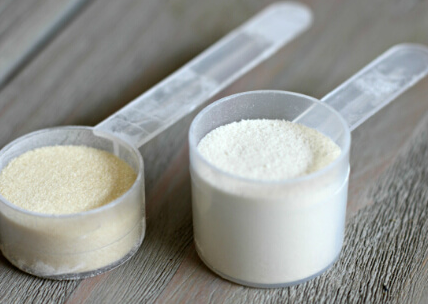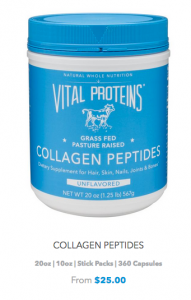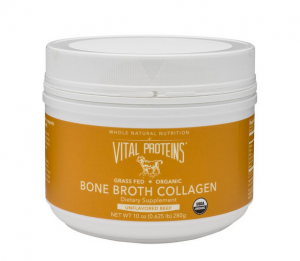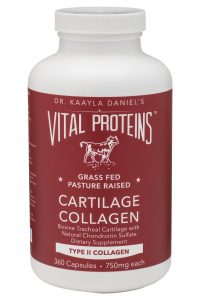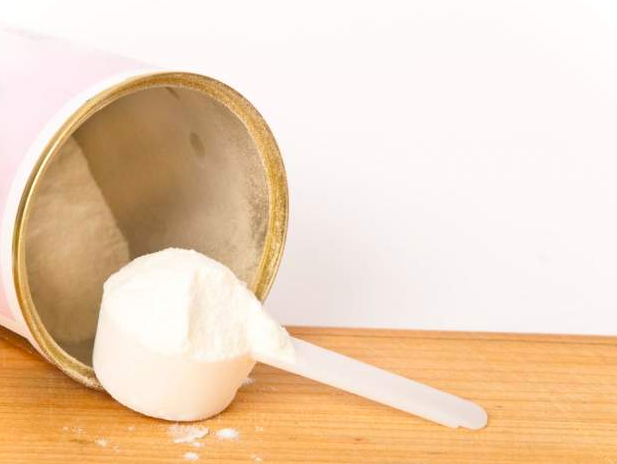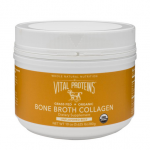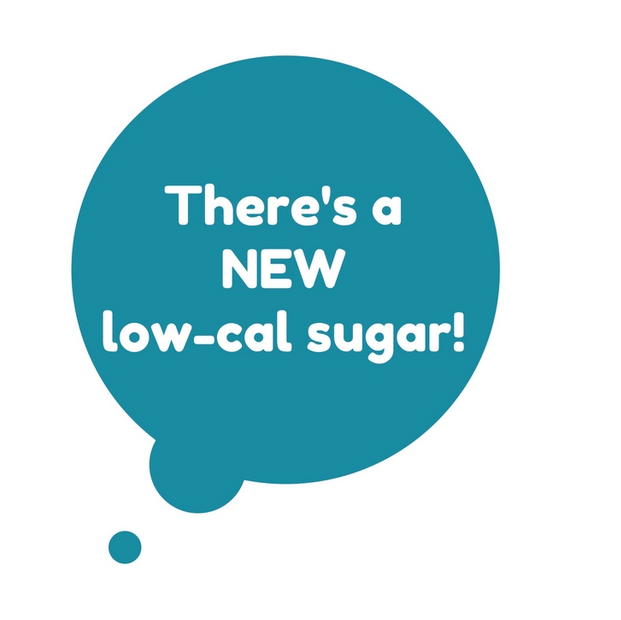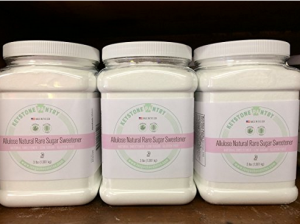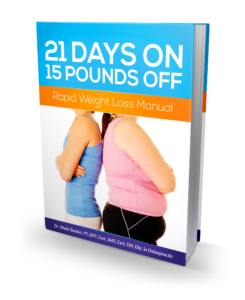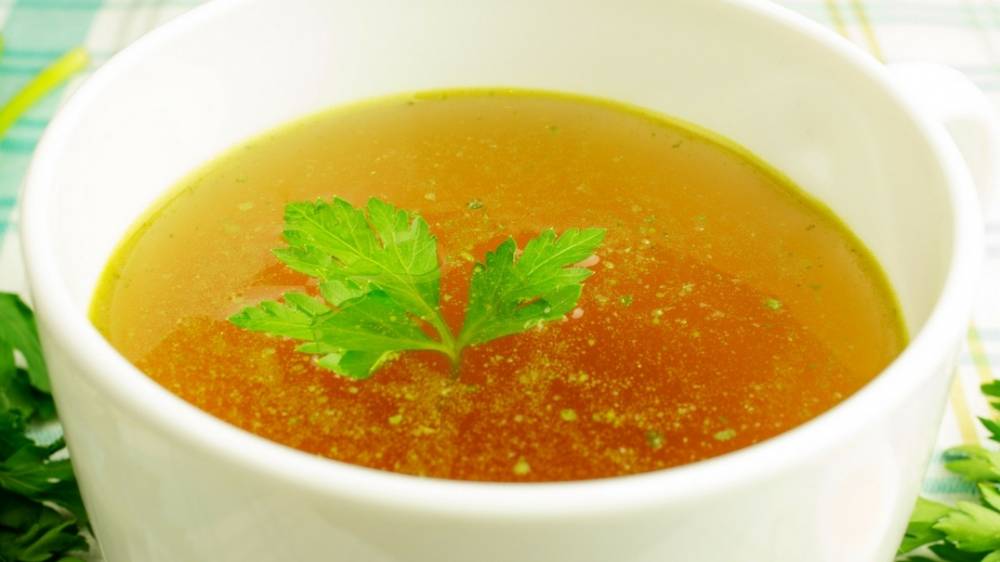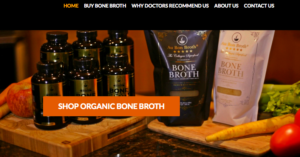What Type of Collagen Should I Use?
Read this entire article, but know that all you need is 1 type of collagen then add the others based on your needs and wants. If you just stick to 1 type and you’re consistent with its use, you will experience very good results!
There are several different types of collagen, so lets cut to the chase, keep it simple, and show you what to use to get the best results possible. Collagen is one of the primary ingredients missing from our diets, and we now have more joint problems and pain conditions than ever. Putting collagen back in helps joints, digestion (heals leaky gut), skin, hair, and nails. Collagen is also helpful with inflammation. It can be used in a weight loss program as well (see my 21 Days ON 15 Pounds OFF Diet). You will look younger and feel better with collagen back in your diet. Your genetics will love you for doing this.
WebMD even praises collagen it saying it’s:
“used for for weight loss and for treating osteoarthritis, rheumatoid arthritis, and brittle bones (osteoporosis). Some people also use it for strengthening bones, joints and fingernails. Gelatin is also used for improving hair quality and to shorten recovery after exercise and sports-related injury.” (source)
Getting Clear on Collagen
- Top Recommendation is Collagen Peptides. We only recommend vital proteins as they have the cleanest, and generate the best results. Dr. Wade was using another version for several months, switched to the Vital Proteins version and gained 20 degrees of motion in his knee recovering from an ACL reconstruction. It had plateaued in it range, so he was pleasantly surprised. Further research found that these peptides simply outperform the others at the time of this article.
- Take Collagen Peptides 2 times a day when you need assistance in healing or recovery from injury – they can be mixed in anything – food or drink. They are tasteless and dissolve easily.
- Take Collagen Peptides 1 time a day when you have achieved your goals regarding how your joints feel, how your skin looks, and how you move (especially in the mornings).
You need to know this:
The amino acids in collagen, gylcine and proline, repair tissue, lessen inflammation and provide relief from joint pain, similar to taking cortisone or ibuprofen. The glycine also speeds wound healing, helps stiff joints and promotes recovery. Another more recent study assessed the efficiency of collagen peptides in a randomized, double blind, controlled multicenter trial, in which 250 subjects with primary osteoarthritis of the knee were given 10g of collagen peptides daily. The results showed a significant improvement in knee joint comfort, and again subjects with the greatest joint deterioration benefited most. (source)
Several studies also show that supplementing with collagen builds bone density. Collagen peptides stimulate osteoblasts, which are the cells responsible for bone formation. (source)
Anti-Aging Benefits:
Some doctors refer to collagen as the new anti-aging product of the century and I have to agree! It ensures cohesion, elasticity, and regeneration of the skin. Collagen is primarily composed of the amino acids glycine, proline, alanine and hydroxyproline. These particular amino acids are shown to reduce the signs of aging. Clinical research has shown that Vital Protein’s Collagen promotes younger looking skin, improves skin moisture level, improves skin smoothness, improves the signs of deep wrinkles and improves skin suppleness. Collagen Peptides are also being considered as a supplement to recommend to combat cancer and cardiovascular disease(source)
2. Bone Broth Collagen is my 2nd recommendation for when you have a significant joint or connective tissue problem you want to help heal. Mix this in a warm drink like coffee, mix with a soup, or other hot, moist food. Some mix it in hot tea. It does have a slight “bullion” aroma, and it has a very light taste you can sense in water, but not in other drinks or foods. It’s not like the peptides that can mix with anything. You can blend it in a smoothy though. I recommend caution with bone broth collagen if you have GERD or an ulcer. This version of collagen is very strong, but it is tougher to digest. Peptides digest very easy. Bone broth collagen is derived from bones vs hide (like peptides), so it has naturally occuring chondroitin and hyaluronic acid which give it that extra edge in helping joint problems.
- Take bone broth collagen at separate times in the day 1-2 times a day – don’t mix it with your collagen peptides. Take See MY PERSONAL COLLAGEN REGIMEN – at the bottom of this article.
- I recommend this bone broth collagen as an addition to the peptides. Peptides will be your mainstay. Add bone broth collagen in when you want a full compliment of collagen to help you address a joint or skin problem.
- Once your health goals have been reached, most stay on the peptides and use bone broth collagen occasionally.
- This collagen is perfect to decrease blood sugar after a sugary or high carb meal. Mix it in a post meal drink like coffee or the last bit of what’s left of any warm food. Nice weight management trick that works well.
3. Use the Cartilage collagen pills if you have a joint problem and you don’t have the wherewithal to deal with mixing the bone broth collagen. This is a type 2 collagen that also has chondroitin like the bone broth collagen although from a different source. It’s more specific for joint problems.
4. Collagen Cooler Drinks! These are awesome drinks with a bone broth collagen mixed in. They are typically used as a collagen snack and also as a food during the mini-fasts used in the 21 Days ON 15 Pounds OFF Diet. Perfect to keep around for snacks. Can be used to make smoothies.
Terminology:
Collagen peptides are hydrolyzed meaning cooked all the way down to their essential components. This is the most readily available version and the most versatile. It’s made from bovine hide typically.
Bone Broth Collagen is classified the same as gelatin. It’s a larger molecule not as easily digested but has the type 2 collagen specific to cartilage and hyaluronic acid also good for joints and skin. It’s made from bones. Its not as versatile but has more nutrition.
Collagen is one of the few supplements I believe everyone should add to their diet. From more youthful looking skin to reducing inflammation and healing your gut, collagen is a true nutritional powerhouse.
Don’t overthink it. Just get collagen in your diet consistently. Go with the collagen peptides first and foremost. Add the others depending on your need. It’s good to get in 2 servings a day. 1 if you’ve met your goals and your on a budget. I get 2 a day as I feel my best when I do. I’m still using a combined peptides/bone broth collagen approach to finalize my knee recovery.

